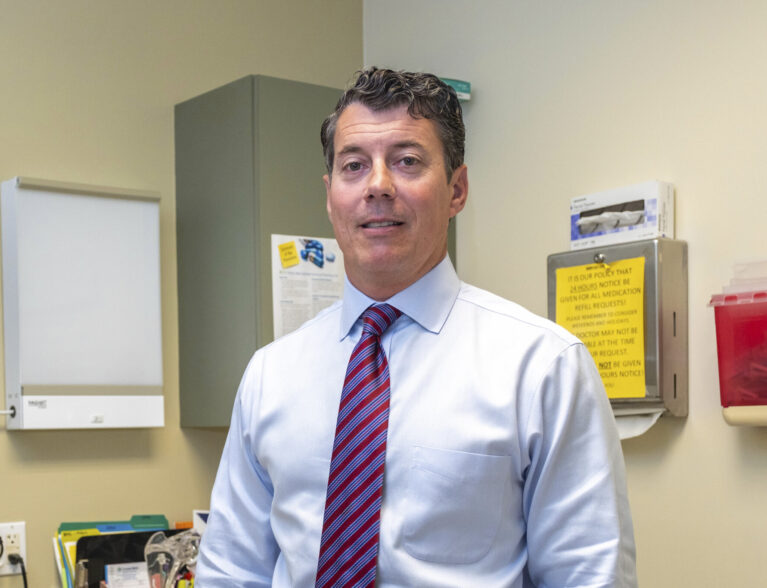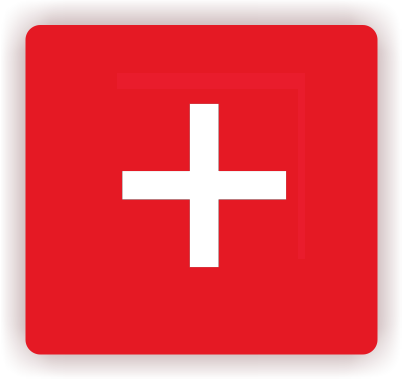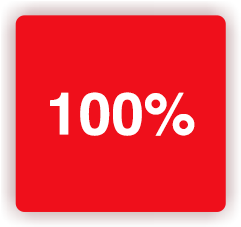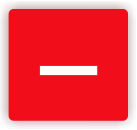
It takes a lot of hard work and elbow grease to become a good tennis or golf player. But you don’t want to work so hard and inefficiently that you end up with tennis elbow or golf elbow.
Carl P. DiLella, D.O., an orthopedic surgeon with an office in Vero Beach, sees many patients in his practice who are suffering from both conditions. “It’s usually preventable if people will take some simple precautions,” he says.
The medical name for both is epicondylitis. As for the common names – the Medical University of South Carolina says you don’t actually have to play a sport to acquire, aggravate or develop either painful condition.
You can get them from playing either sport, of course, and that’s the most common cause, especially if you have bad form. Age plays a role, too. Sore elbows are most prevalent among those over 40, with men and women suffering equally.
Dr. DiLella explains the difference between the two conditions. “There’s commonality in tennis elbow and golf elbow. When muscles and tendons are overused or overstressed, pain and tenderness can develop.
“When the pain occurs on the outside of your elbow, it’s called lateral epicondylitis – tennis (or pickleball) elbow. It’s a very common condition, usually caused by overuse or involvement in sports,” he says.
“When the pain occurs on the inside on your elbow, it’s called medial epicondylitis. Although we know it as golf elbow, it can also be caused by any type of gripping or poor ergonomic practices in the workplace related to repetition or overuse.”
According to the American Academy of Orthopedic Surgeons, typical symptoms of tennis elbow include pain and burning on the outside of the elbow and weak grip strength.
Symptoms develop over time and may gradually worsen over weeks or months. Nonsurgical treatment includes rest, ice, nonsteroidal anti-inflammatory drugs such as Advil or Aleve, exercise, ultrasound, bracing, compression and steroid injections.
Dr. DiLella adds that steroid cream can be massaged into the area. “If these other treatments fail to bring you relief, an orthopedic surgeon can give you a steroid injection.”
Cleveland Clinic reiterates that you don’t have to swing a golf club to develop golfer’s elbow. You can also get it from hefting loaded trays of food, hammering nails, or pounding away on your computer keyboard.
The most common symptoms are aching pain in your forearm or wrist, decreased grip strength, numbness in your hand, pain when you try to make a fist, radiating pain up and down your arm and tingling in your hand.
Golfer’s elbow usually affects your dominant arm. For example, right-handed people develop golfer’s elbow in their right arm.
Suggested forms of relief include – first and foremost – giving your arm a break for at least a month before playing sports or resuming the daily activities that put a strain on your arm.
Cleveland Clinic’s suggested golfer’s elbow treatments include using ice on your forearm, anti-inflammatory medications, wearing a brace on your forearm, wearing a night splint, using kinesiology tape, and using topical nitroglycerin patches.
Dr. DiLella says simple preventive measures can play a big role in staying injury-free. “People should stretch before picking up a racket or club. You also need to work on strengthening your muscles.
“A licensed physical therapist can start you on the path to doing the exercises that will help you stay injury-free, but if you don’t do them regularly, the pain will be back,” he says.
“Tools like straps and braces can help you recover and stay injury-free. Your orthopedist or physical therapist can help you decide which are right for you.
“Seek professional medical help if 1-2 weeks of rest don’t bring you relief,” advises Dr. DiLella. The earlier the assessment, the earlier you’ll be on the way to recovery.”
Carl P. DiLella, D.O., is a board-certified orthopedic surgeon with fellowship training in sports medicine. He completed his undergraduate studies at Georgetown University. He earned his medical degree from the Philadelphia College of Osteopathic Medicine and completed a rotating internship and residency in Orthopedic Surgery at Midwestern University/Chicago College of Osteopathic Medicine. Dr. DiLella’s practice is located at Orthopaedic Center of Vero Beach, 1285 36th St., Suite 100. Call 772-778-2009 for an appointment.



